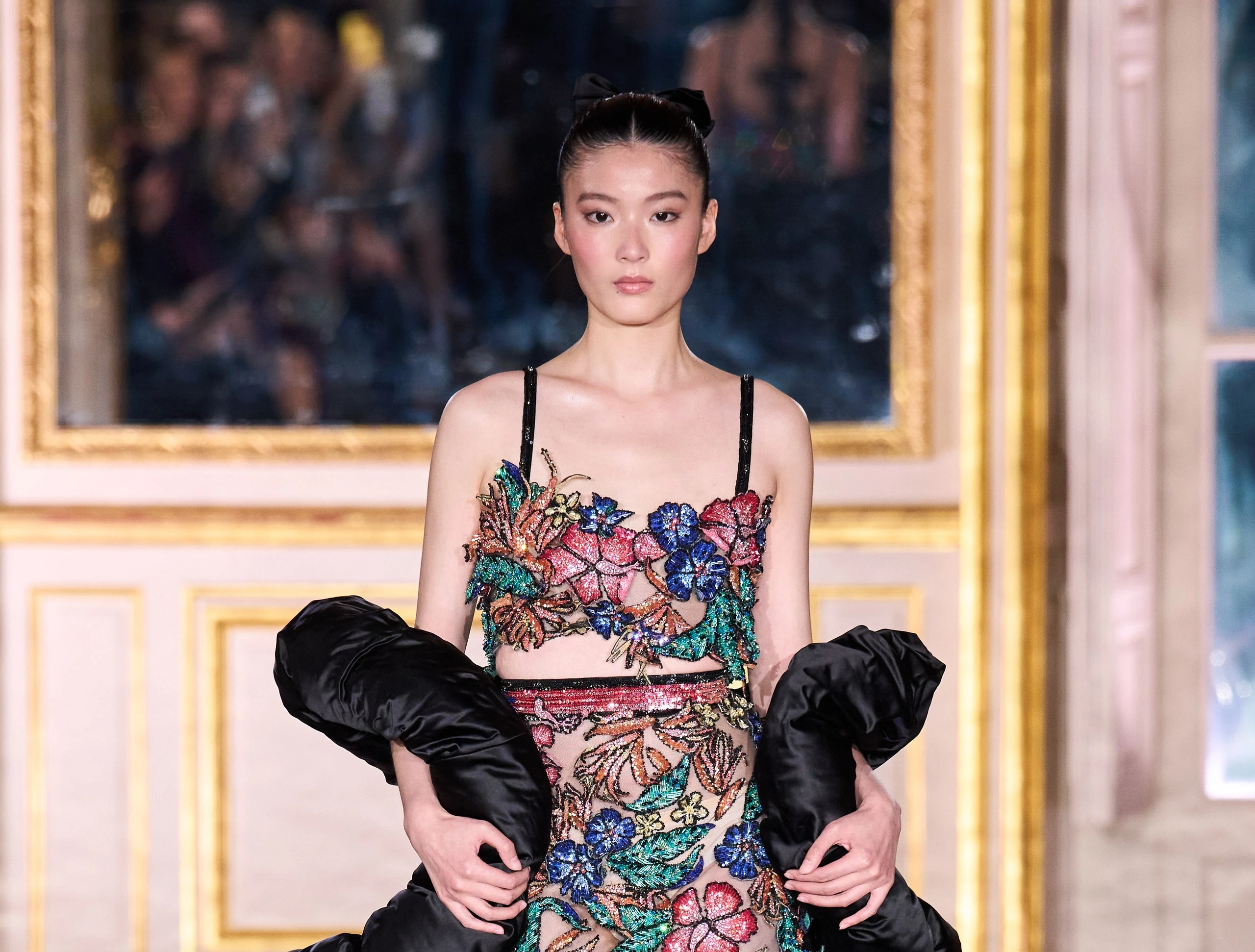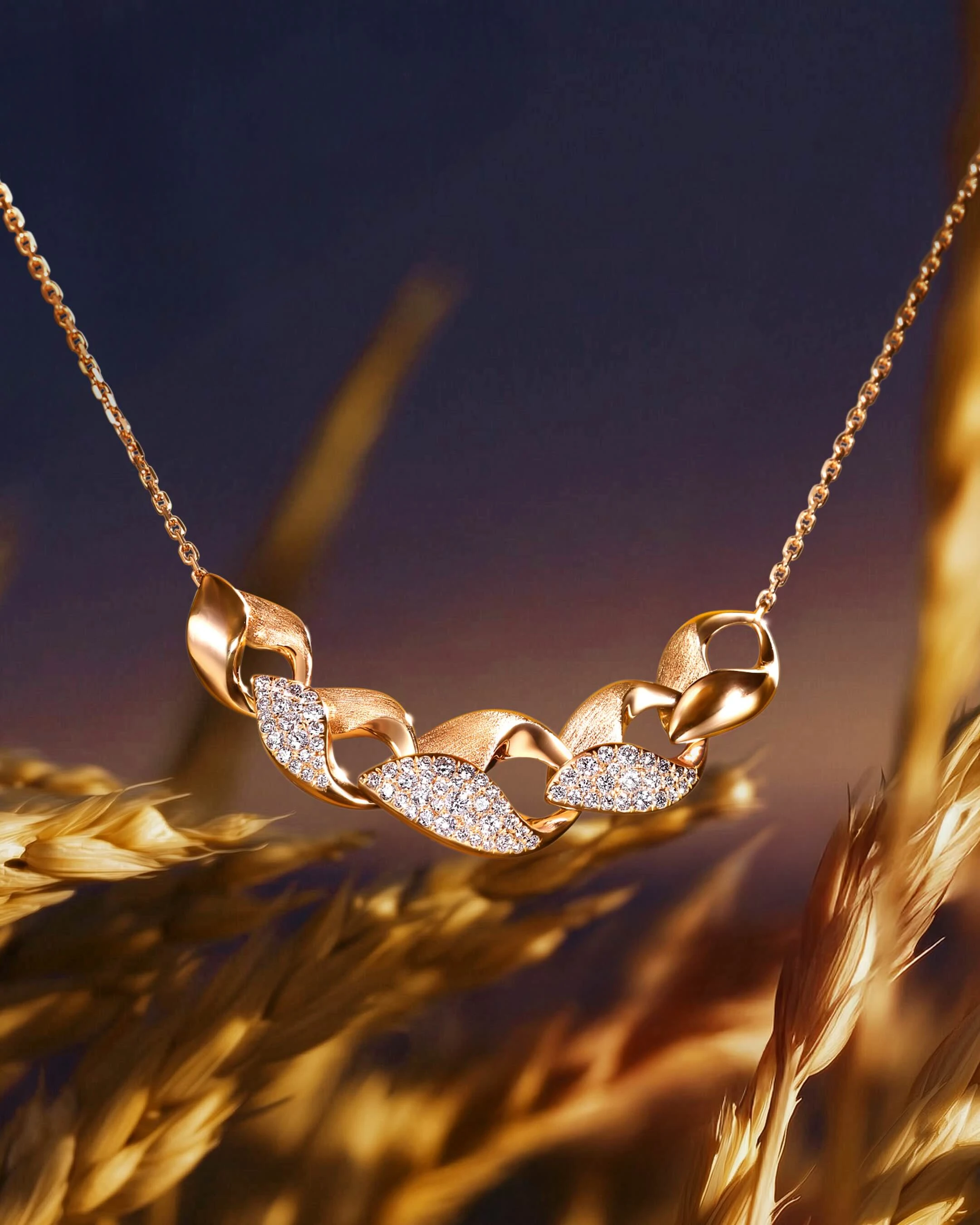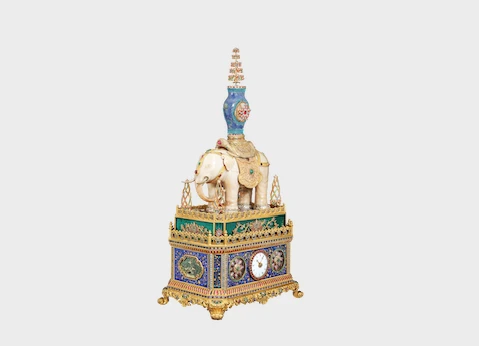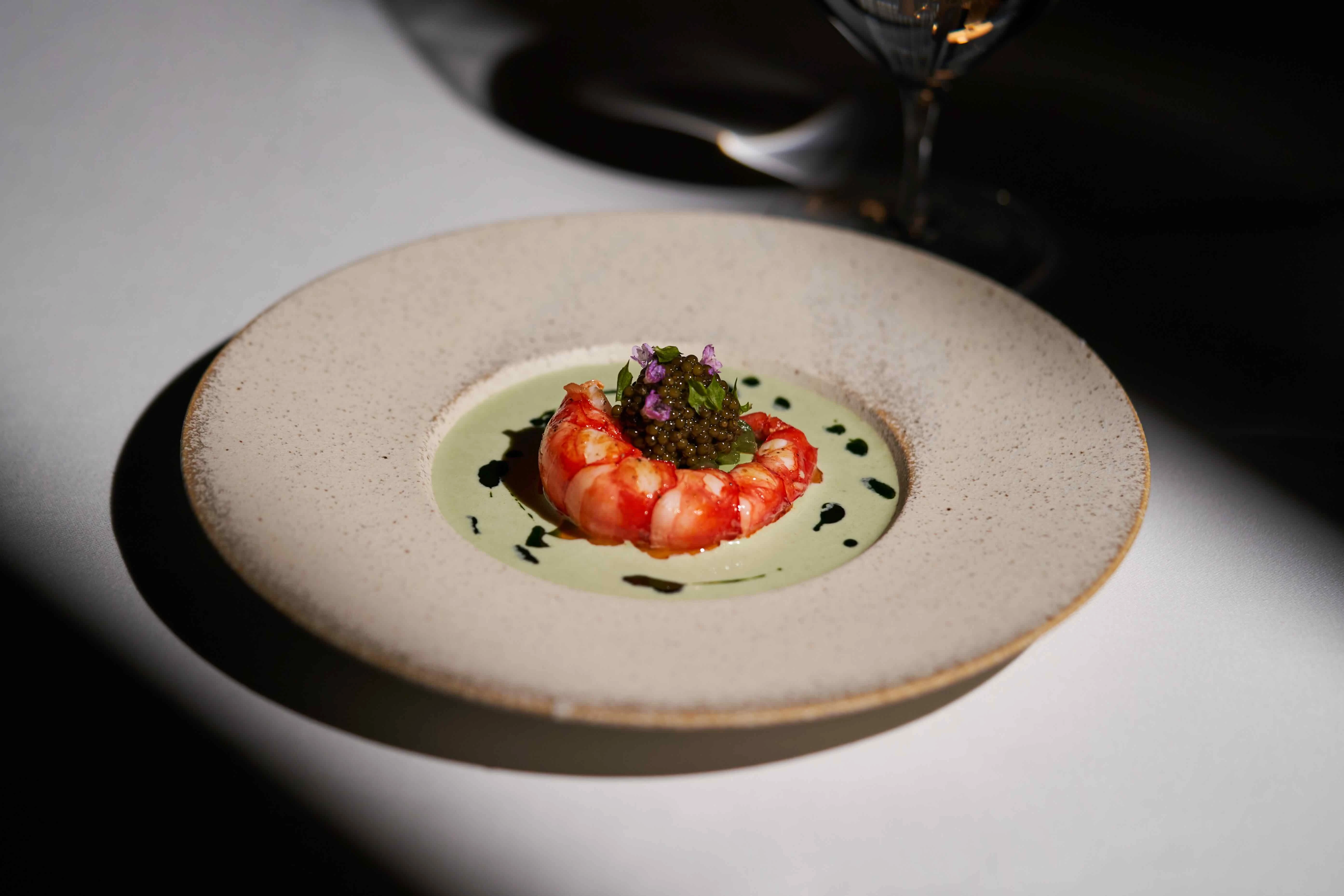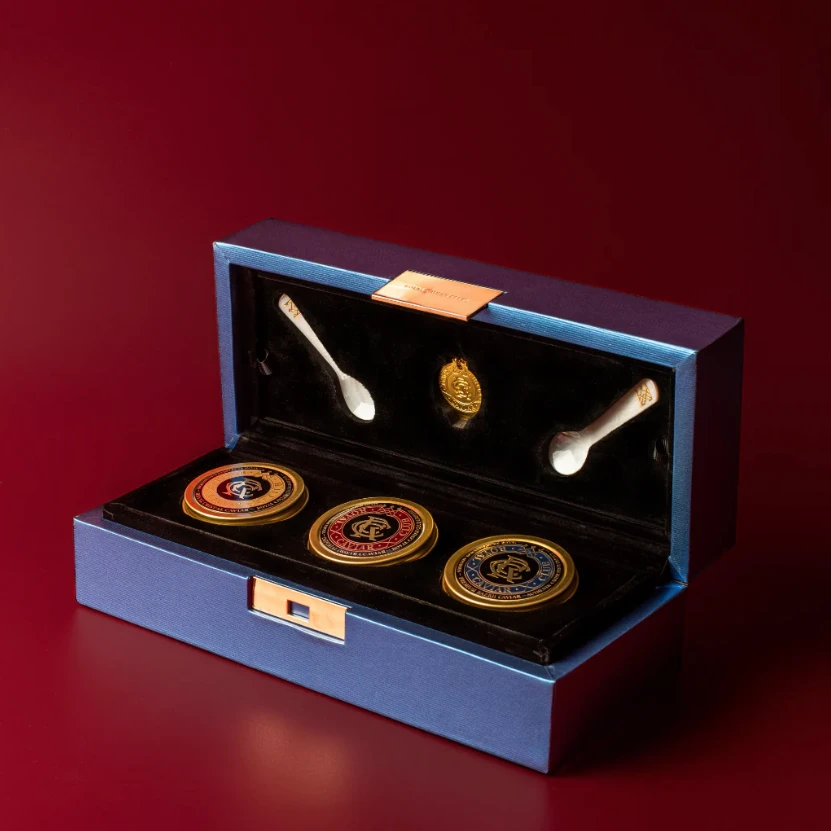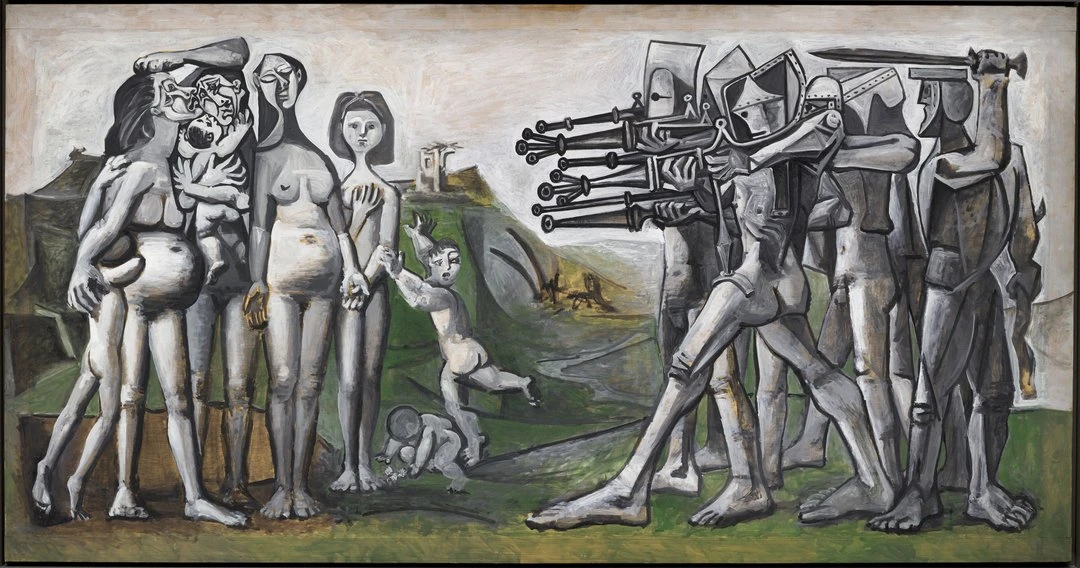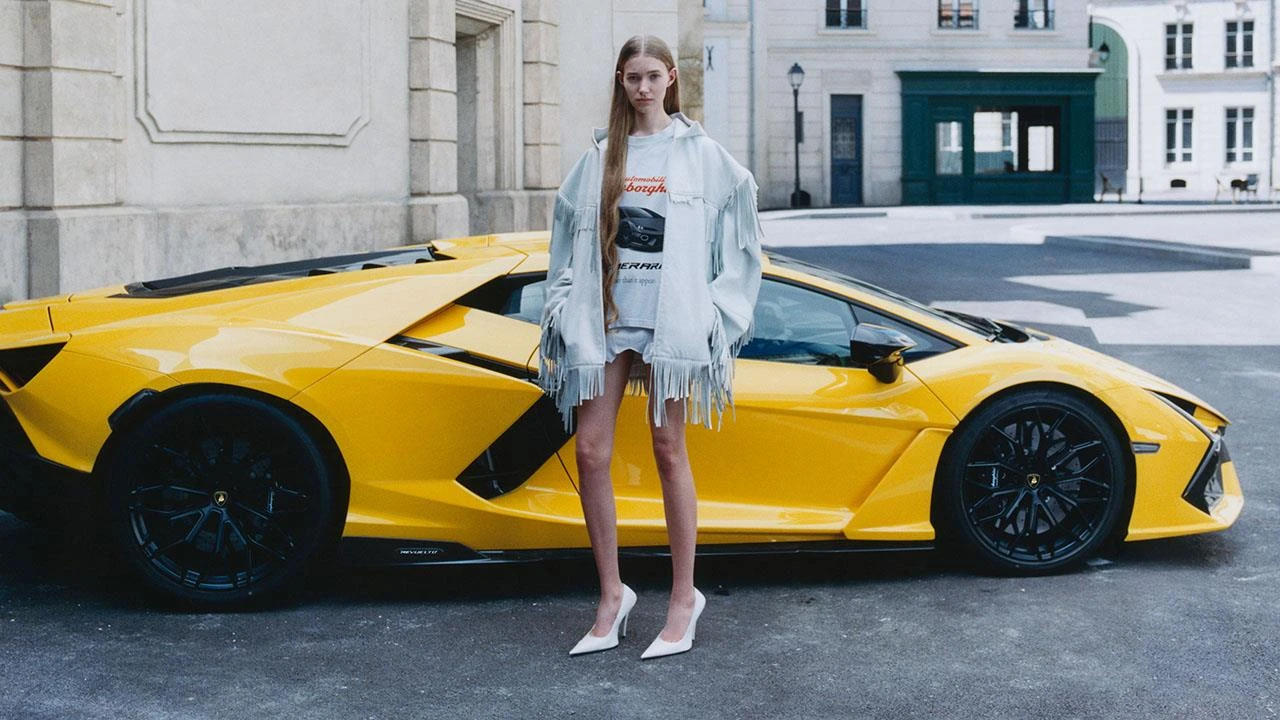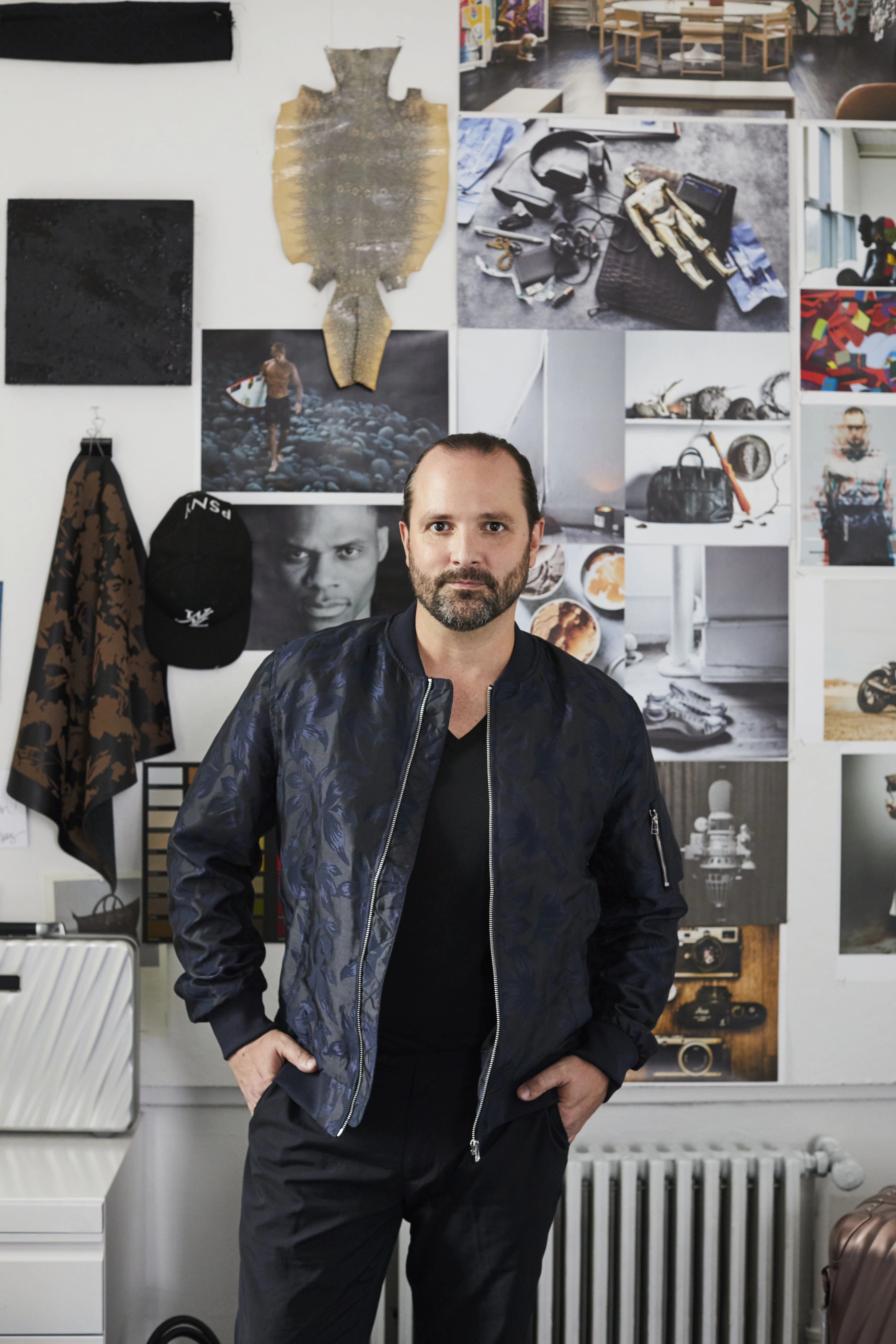What to know about Picasso for the exhibition M+ Museum
Jun 06, 2025
With The Hong Kong Jockey Club Series: Picasso for Asia - A Conversation exhibition at M+ Museum running from now till July 13, there is no better time or place to see works by the founding father of Cubism. Chloe Wong explores the historical significance of Picasso’s work and presents some facts to enrich your visit
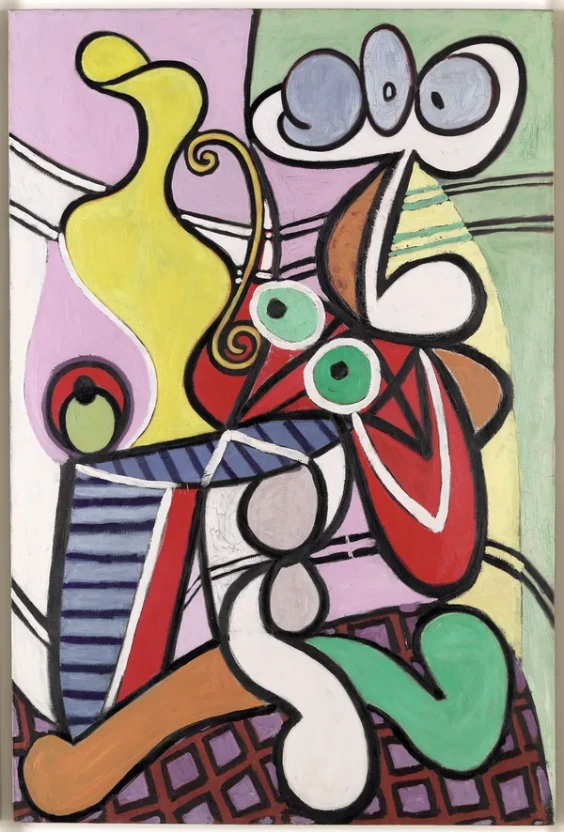
The art world wouldn’t be what it is now without Pablo Picasso, the founding father of Cubism. Cubism is an early 20th-century art movement characterised by geometric forms in abstract manners. The highly stylised and re-imagined work of Picasso is the epitome of Cubism. The Cubist painters rejected depicting the world around us as seen, instead emphasising the two-dimensionality of the canvas. Here are some facts you might be surprise to learn about his works
Picasso was inspired by African Masks
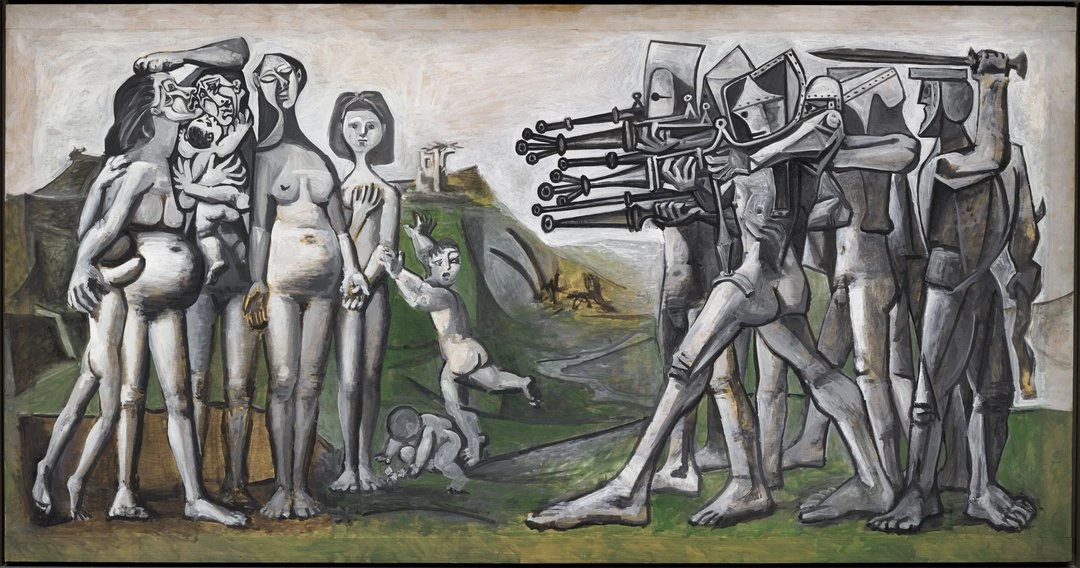
By the 19th century, thousands of African art had arrived in Europe due to imperialism, which included African sculptures, particularly ones of masks which influence we can see still in Picasso’s paintings. Picasso saw African visual art as possessing a religious and ritual depth that both startled and moved him. The flat dimensions and bold contouring was unlike anything the whole of Europe had ever seen, which was what made Picasso’s works like Les Demoiselles d’Avignon (1907) (The Young Ladies of Avignon), so groundbreaking. You can recognise African influences in his work as with the painting above with its elongated faces, geometric features, and almond-shaped eyes.
The women around him fueled his works
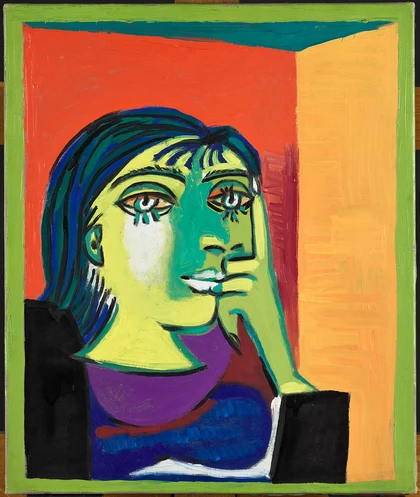
For an artist who paints mostly women figures in his work, they are not talked about enough. Picasso had two wives, six known mistresses, and countless lovers. The woman in Picasso’s life left a distinct mark on his art, each relationship marking a change in his artistic direction and career. In the Portrait of Dora Maar (1937), it depicts his muse and mistress during the tumultuous time of the Spanish Civil War and World War ll. Maar was a prominent person, serving as inspiration for his Weeping Women series, which commonly portrayed women weeping in response to war tragedies, reflecting the broader theme of grief and suffering during the Guernica bombings. Though, Picasso also did famously say “women are machines for suffering,” and enjoyed painting them like so, using their pain as fuel for his creativity.
He was a struggling artist before Cubism
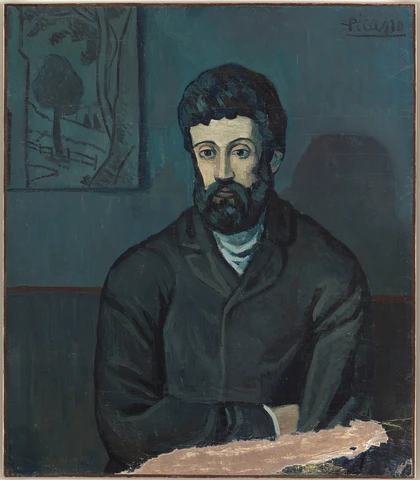
Before Taylor Swift had her eras, Picasso had his artistic periods. As with most artists, Picasso experimented with different styles at different stages of his life, which can be divided into the Blue Period (1901-1904), the Rose Period (1905-1907), the African-influenced Period (1908-1909) and finally Cubism (1909-1919). The painting Portrait of a Man (1902) above reflects his Blue Period, the dominant shades of green and blue reflecting his then melancholic state. Picasso chose prostitutes, beggars, and outcasts as his subjects, using them as a medium to symbolise poverty, sombreness, and essentially human suffering. An artists’ personal life often reflects onto his art, which in this period is believed to be influenced by his close friend Casagemas’s suicide along with his status as a poor, virtually unrecognised artist before he rose to fame.
He was also a sculptor
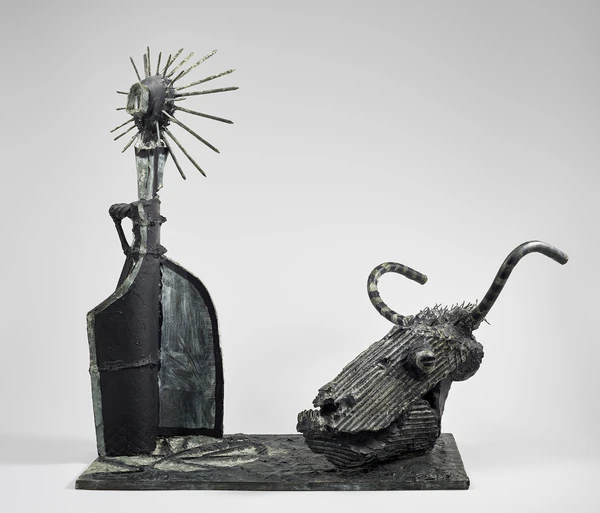
A practice rooted in the Renaissance, it was not uncommon for artists to dabble in other creative disciplines. With Picasso, this was sculpting, printmaking, ceramics, and theatre design. Goat Skull, Bottle and Candle (1951) is sculpture made of bicycle handlebars, nails, and cardboard. It is painted in the somber palette of greys that allude to black-and-white photographs of the war. The candle serves as a memento mori, a reminder of human mortality and death. This idea is reinforced with the conscious depiction of a skull, a conventional indication of death. Goats are also symbols of evil, possibly tying into Picasso’s morality of anti-war sentiment.
Guernica was a piece commissioned by the Spanish Republican Government
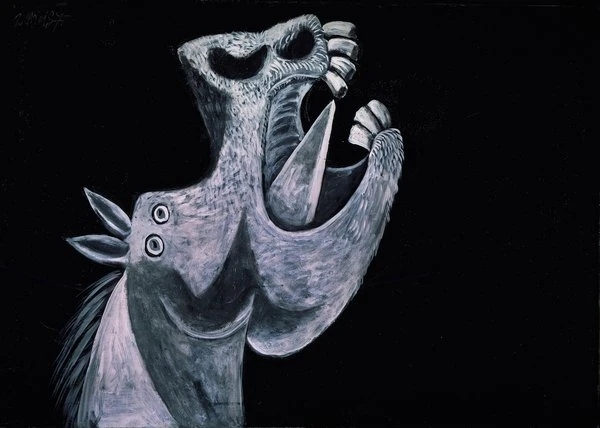
Guernica (1937) is Picasso’s most famous piece, depicting the bombing of the Basque town Guernica during the Spanish Civil War. It was commissioned by the government to depict and expose the atrocities committed by the German forces, and thus Guernica was born. The bull is said to represent the brute force and aggressiveness of German armies while the horse represents the people of Guernica, its expression contorted in distress and pain. However, its head facing up can symbolise resistance and perseverance amidst suffering, injecting a sense of hope and determination depending on your personal interpretation. Above is a sketch of the horse featured in Guernica (1937). Though the original Guernica is not display at M+, you can find a large-scale installation Lee Mingwei: Guernica in Sand at B2 level of M+, serving the same purpose of engulfing the viewer as Picasso’s painting.
Pictures courtesy of M+ Museum
Also see: #interview: Lauren Tsai, the girl who blends the worlds of Disney, Ghibli and Tim Burton in her art



